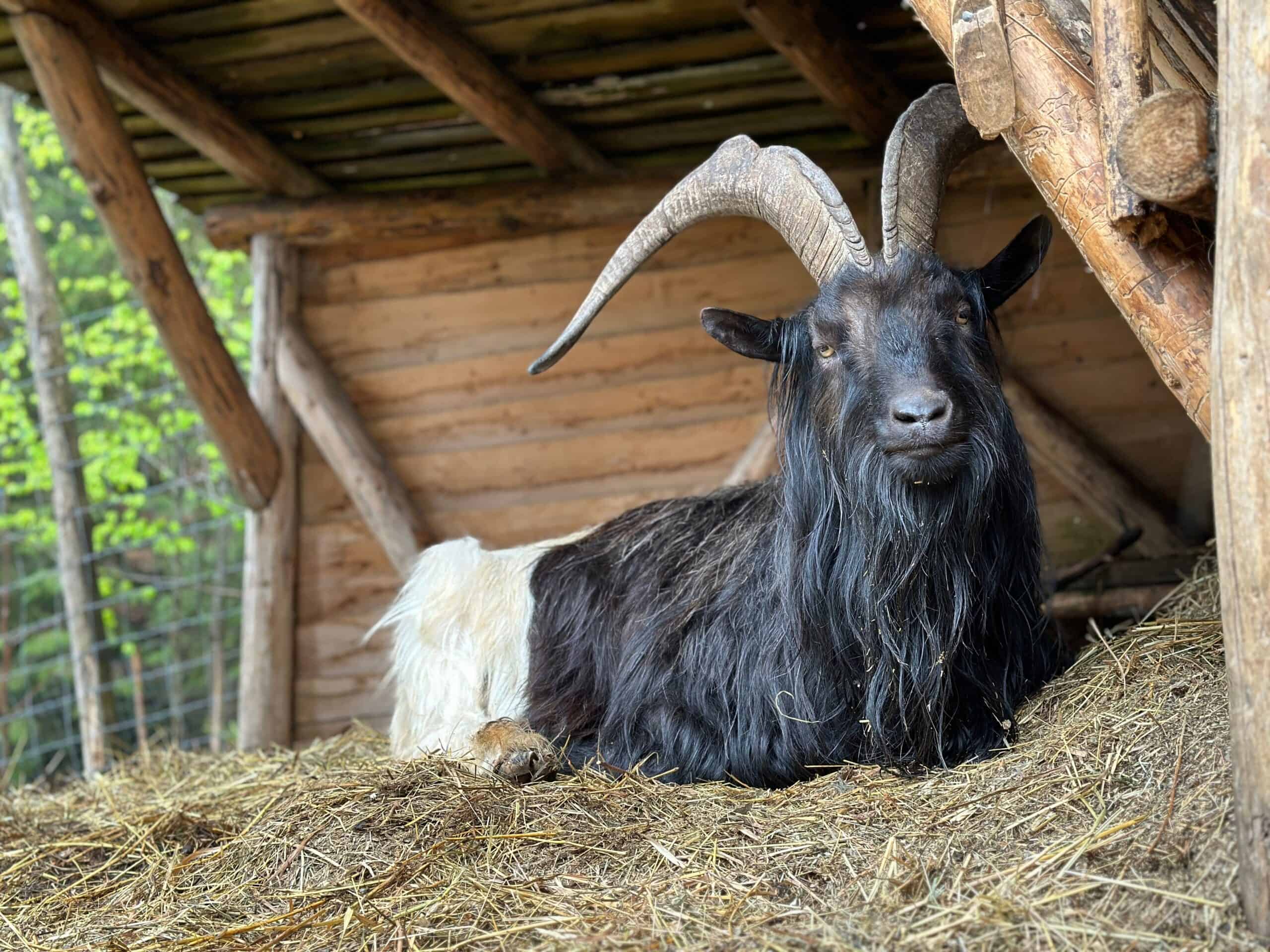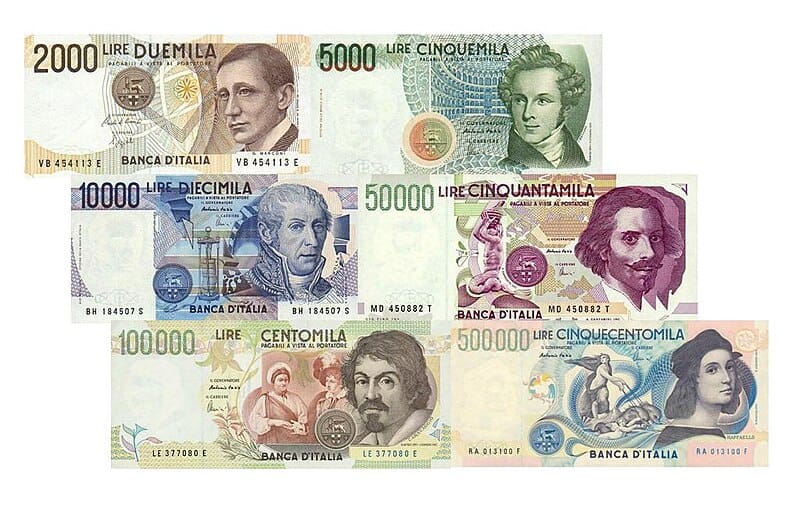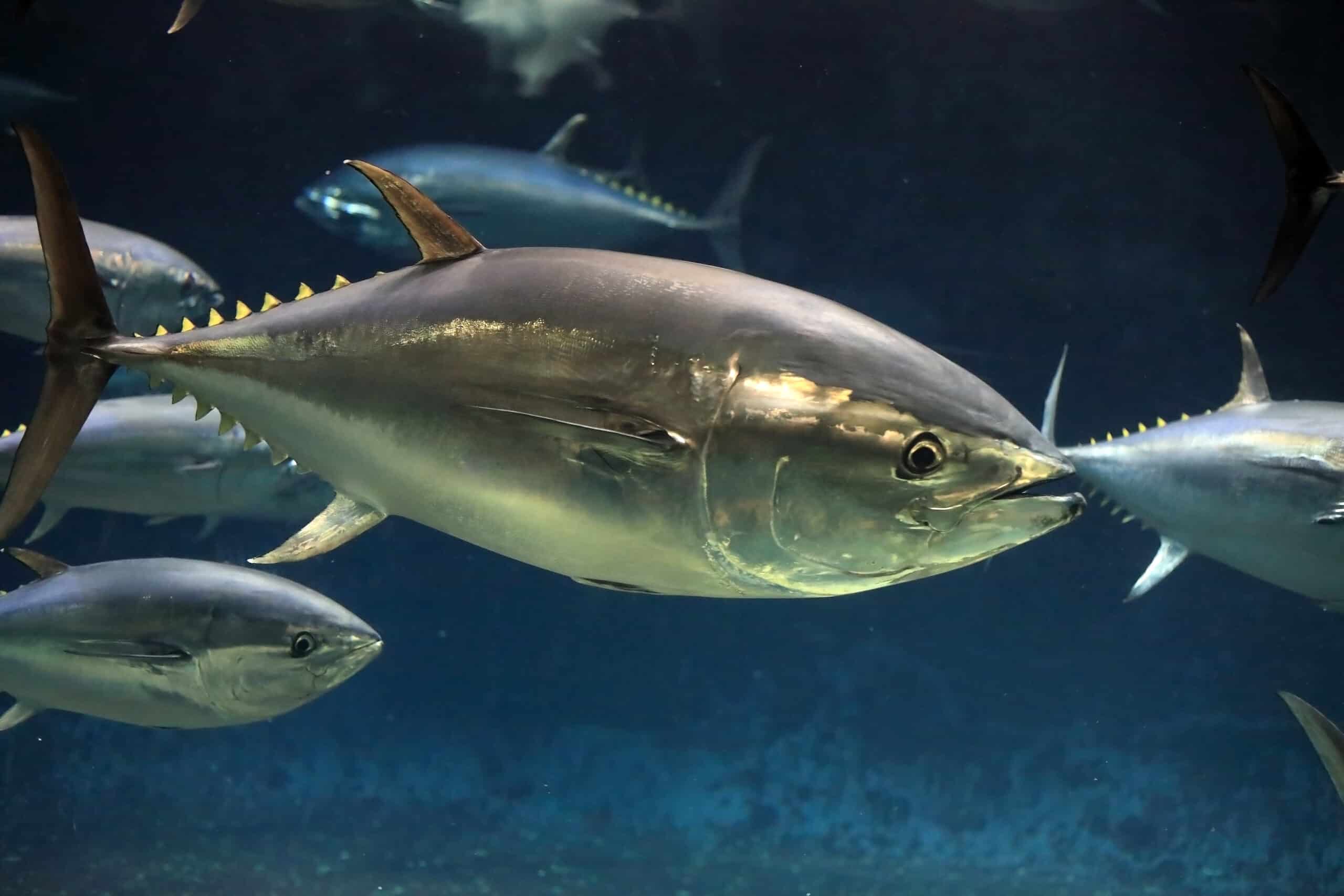Frogs and toads are remarkable creatures, known for their diverse appearances and unique adaptations. However, some species are so rare that they are seldom seen, making their survival a topic of significant concern. This list highlights some of the rarest frogs and toads around the world, showcasing their distinct characteristics, habitats, and the challenges they face. Understanding these unique amphibians is crucial in promoting conservation efforts and preserving the biodiversity of our planet.
Panamanian Golden Frog (Atelopus zeteki)
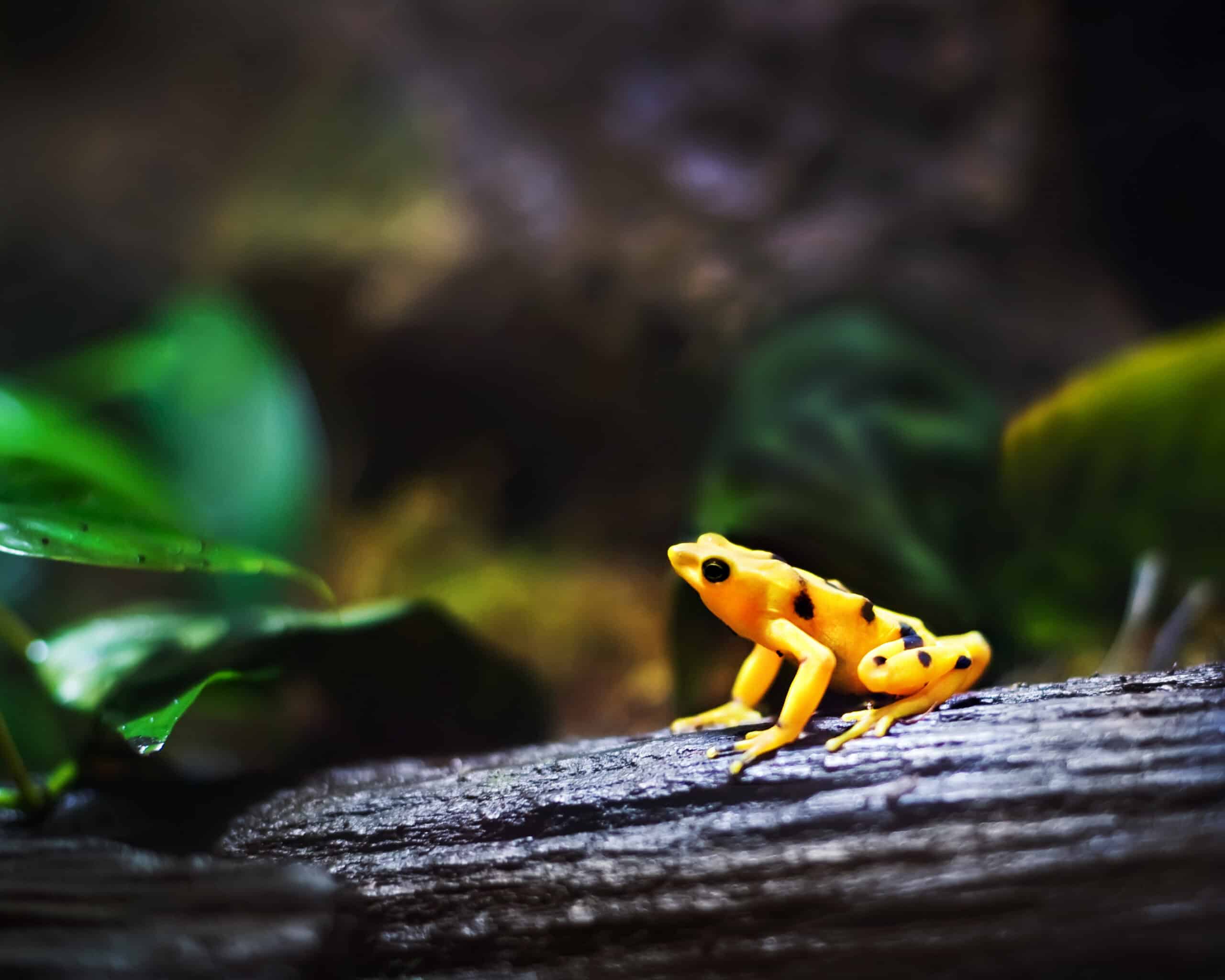
The Panamanian Golden Frog, endemic to Panama, boasts a bright yellow skin adorned with black spots, an aposematic signal to predators of its toxicity. This small amphibian, measuring about 5 centimeters, is critically endangered due to habitat loss, the deadly chytrid fungus, and illegal collection for the pet trade. Despite its perilous status, it remains a cultural symbol in Panama, revered for its supposed luck-bringing qualities, and is often depicted in local folklore and iconography.
Vietnamese Mossy Frog (Theloderma corticale)
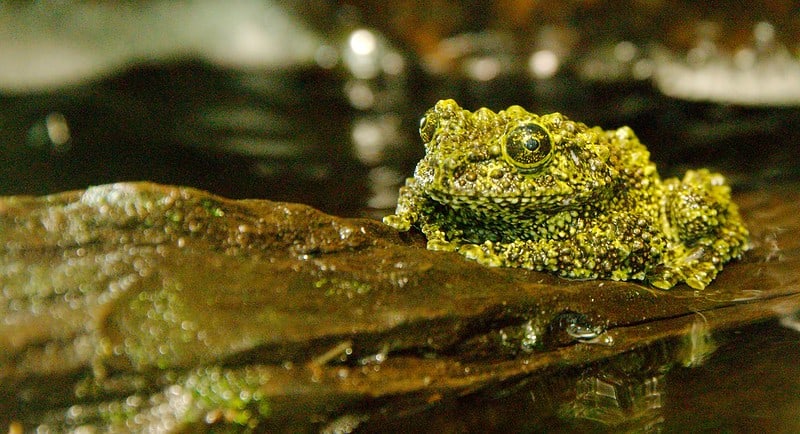
The Vietnamese Mossy Frog’s unique appearance, resembling moss-covered rocks, provides excellent camouflage in its natural habitat, the rocky mountain streams and moist forests of northern Vietnam. Native to this region, this species is elusive and hard to spot in the wild. Its survival is threatened by habitat destruction and collection for the pet trade, making it one of the rarest amphibians. Its peculiar camouflage and nocturnal habits add to the difficulty in studying and protecting it.
Mountain Chicken Frog (Leptodactylus fallax)
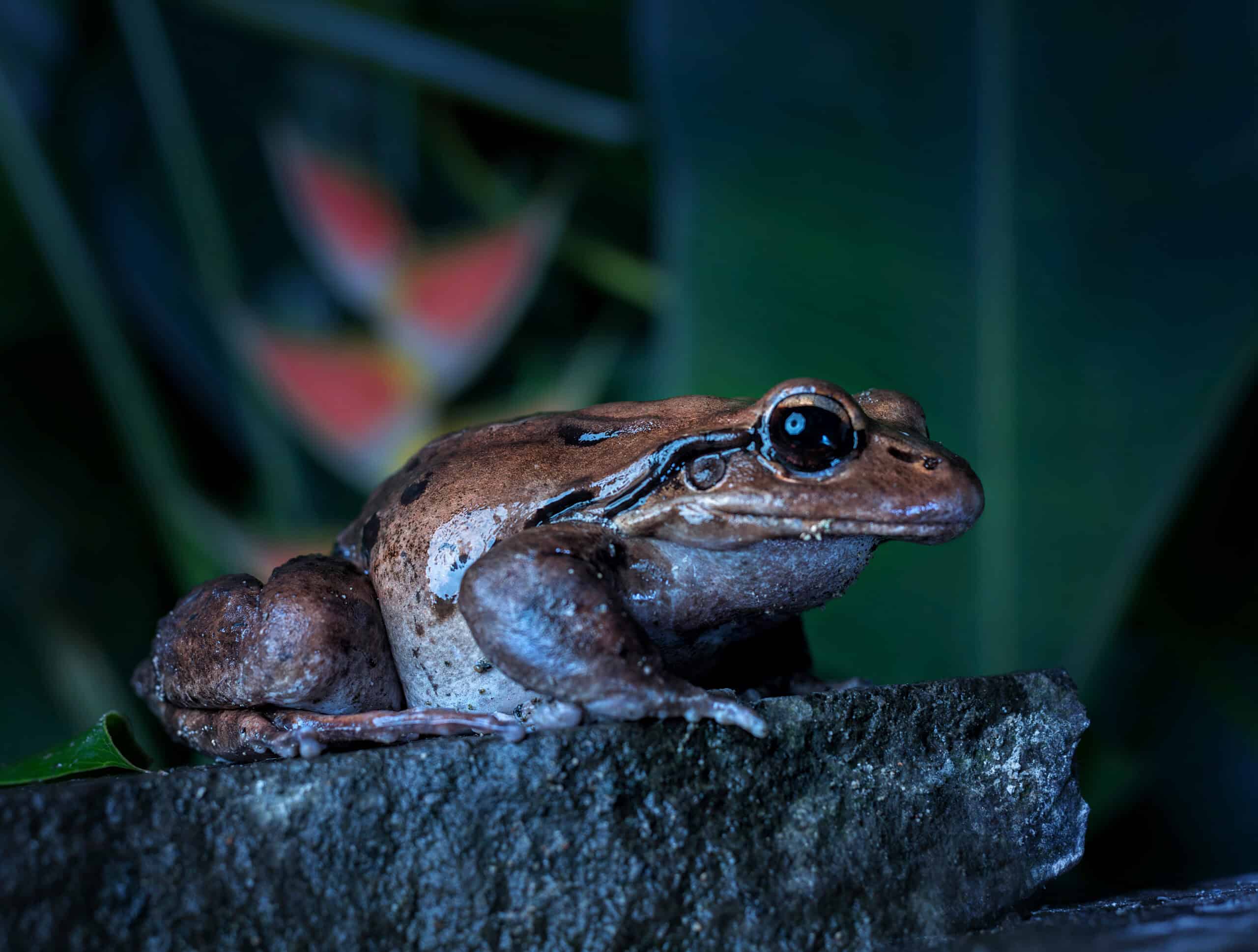
Despite its peculiar name, the Mountain Chicken Frog is a large, ground-dwelling frog found in the Caribbean islands of Dominica and Montserrat. Known for its declining population, it has been heavily impacted by chytrid fungus and volcanic activity. This frog, one of the largest in the world, is named after its chicken-like taste, which made it a popular food source, further endangering its existence. Conservation programs are underway to protect this critically endangered species, including captive breeding and habitat restoration.
Golden Mantella (Mantella aurantiaca)
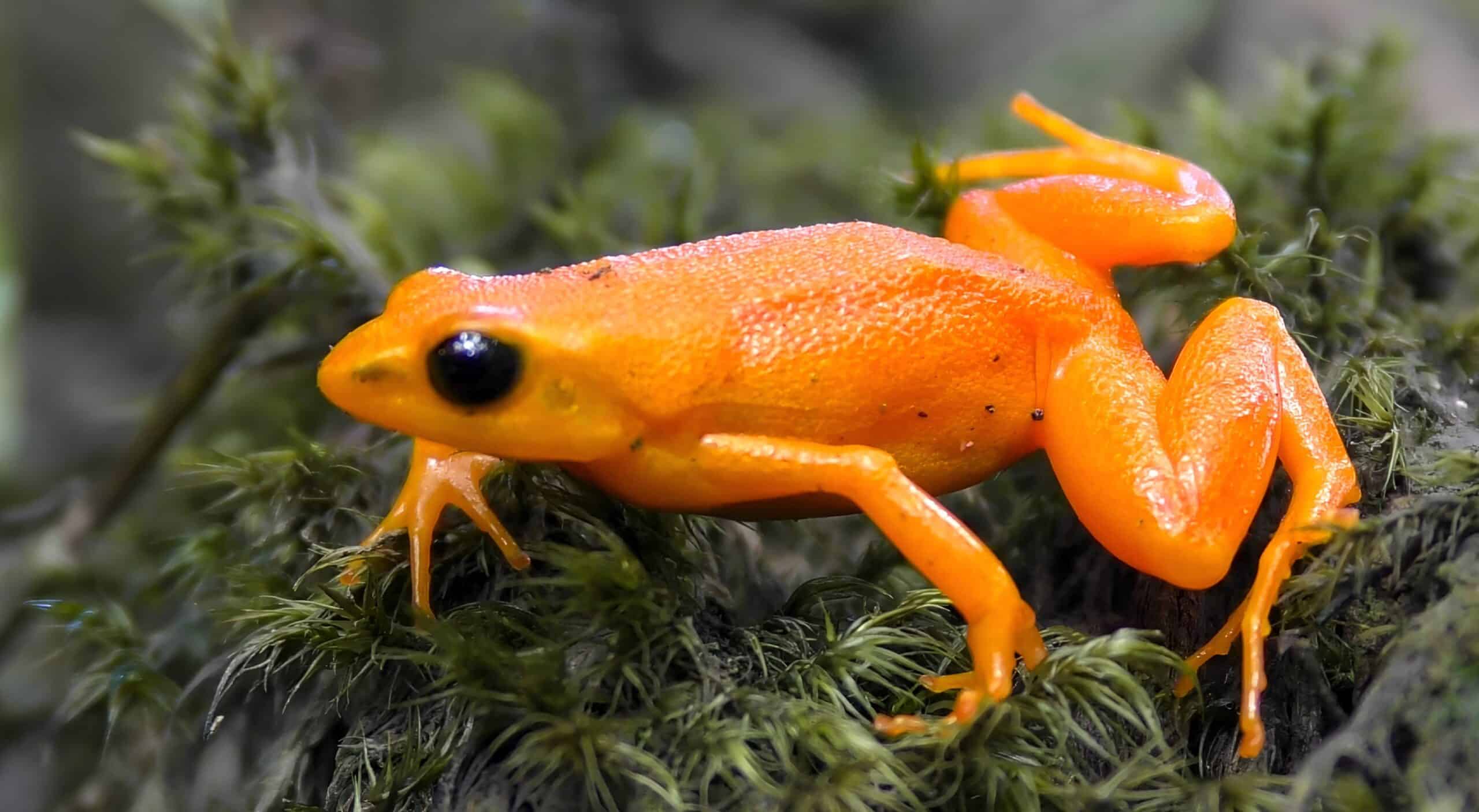
Endemic to Madagascar, the Golden Mantella is a tiny frog with a striking orange hue, a coloration that serves as a warning of its toxicity. Its habitat is restricted to a few rainforest patches, making it highly susceptible to deforestation and climate change. Conservationists are working tirelessly to preserve its dwindling numbers and protect its natural environment through captive breeding programs and habitat protection initiatives.
Kihansi Spray Toad (Nectophrynoides asperginis)
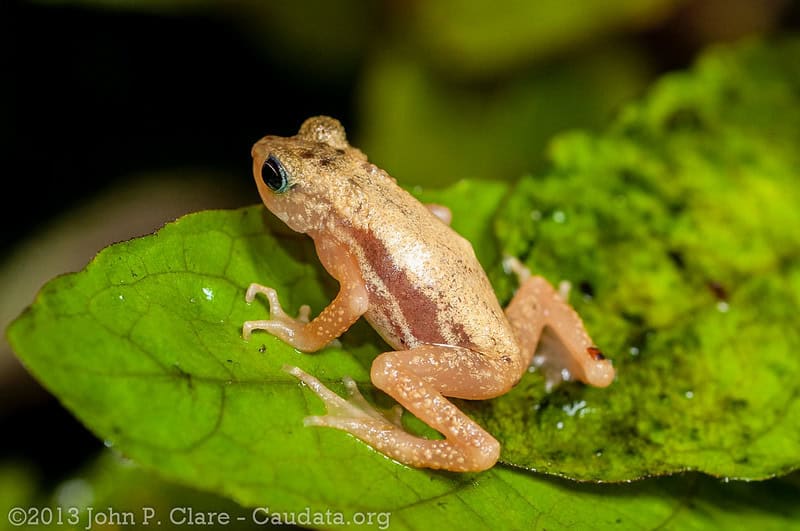
The Kihansi Spray Toad, once found only in the Kihansi Falls area of Tanzania, is a tiny toad that has faced near extinction due to habitat alteration caused by dam construction. This species is unique in that it gives birth to live young rather than laying eggs. Captive breeding programs have been initiated to save this unique species, and reintroduction efforts are ongoing, aiming to restore its natural population in the wild.
Purple Frog (Nasikabatrachus sahyadrensis)
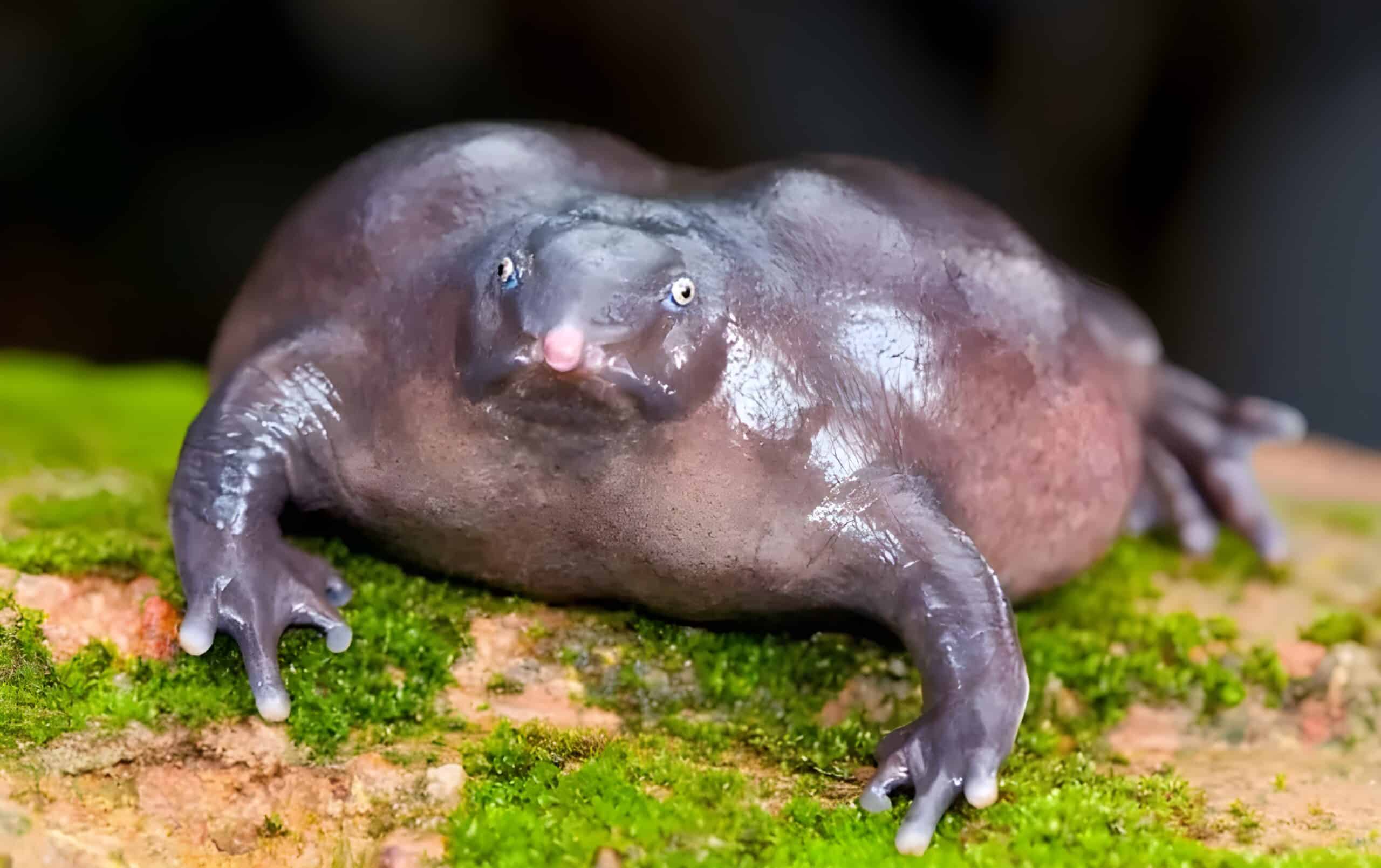
With its bloated body and unusual purple coloration, the Purple Frog is native to the Western Ghats of India. It spends most of its life underground, emerging only during the monsoon season to breed. Its rare and secretive nature, coupled with habitat loss, makes it a species of great concern. The frog’s lineage dates back over 100 million years, making it a living fossil and a significant focus for evolutionary studies.
Darwin’s Frog (Rhinoderma darwinii)
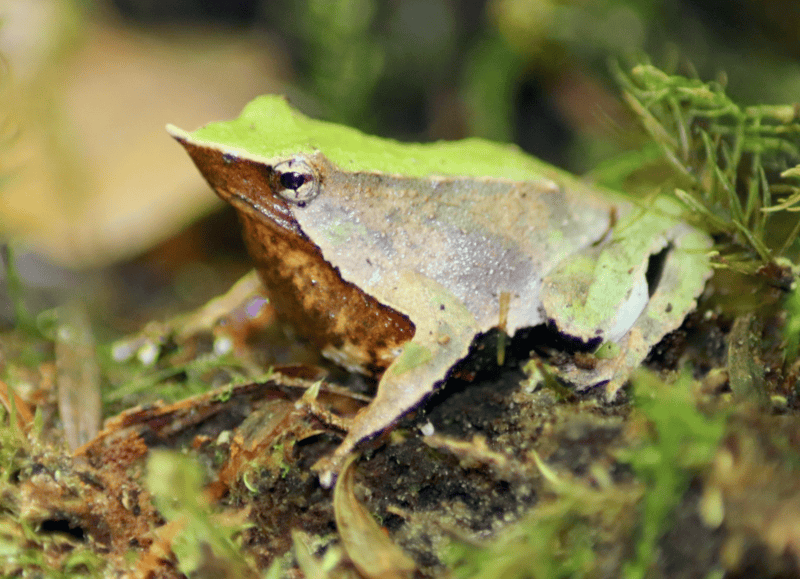
Darwin’s Frog, named after Charles Darwin, is known for its distinctive leaf-like appearance and unique reproductive behavior. Found in Chile and Argentina, the male carries the developing tadpoles in its vocal sac until they are ready to emerge as froglets. Habitat destruction and disease have rendered this species vulnerable. Its remarkable reproductive strategy has fascinated scientists and highlights the need for preserving its habitat.
Honduran Ghost Frog (Plectrohyla dasypus)
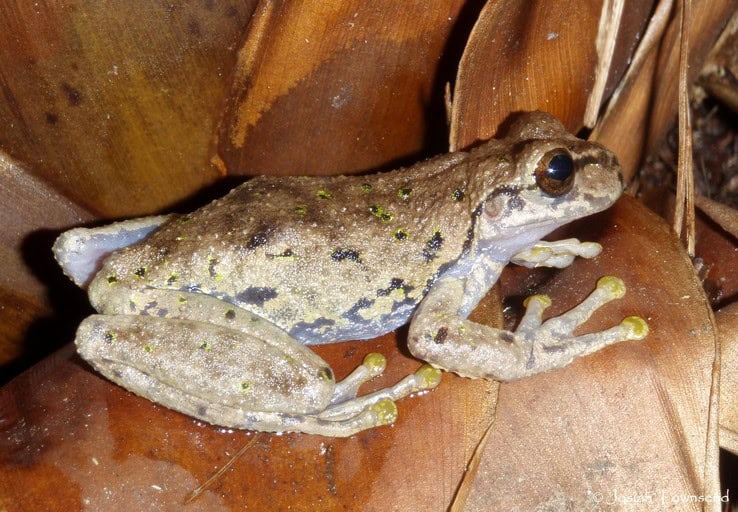
Endemic to Honduras, the Honduran Ghost Frog inhabits cloud forests and is characterized by its translucent skin, which gives it an otherworldly appearance. This rare amphibian is threatened by habitat loss and climate change, making it a priority for conservation efforts. Its ethereal appearance and elusive nature add to its mystique, attracting interest from both scientists and conservationists.
Tree Hole Frog (Metaphrynella sundana)
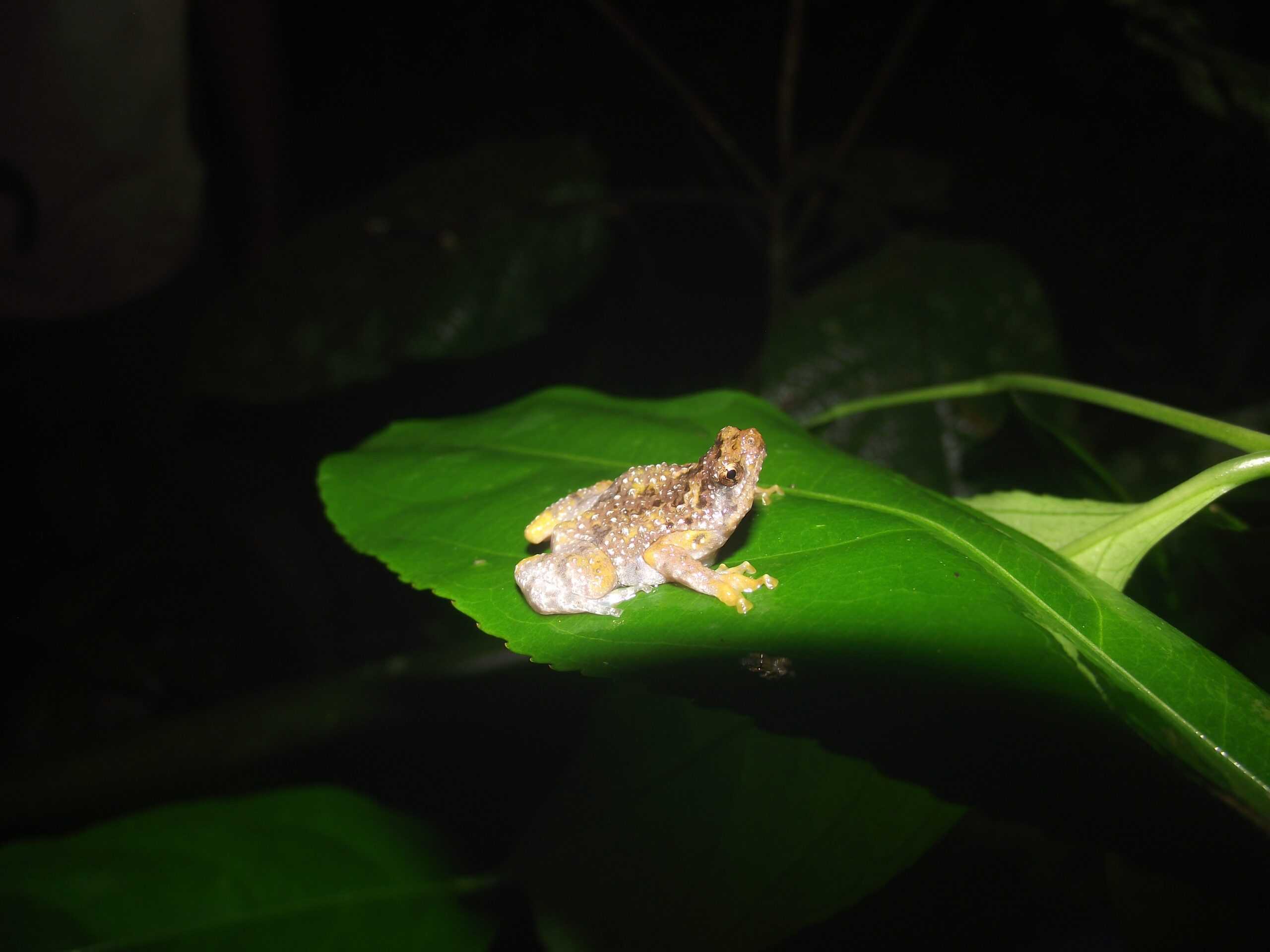
The Tree Hole Frog, native to Southeast Asia, lives in water-filled tree cavities. Its rarity is attributed to its specialized habitat and the destruction of tropical rainforests. Conservationists are focusing on habitat protection to ensure the survival of this unique species. The frog’s adaptation to breeding in tree holes represents a remarkable evolutionary strategy that highlights the diversity of amphibian life.
Titicaca Water Frog (Telmatobius culeus)
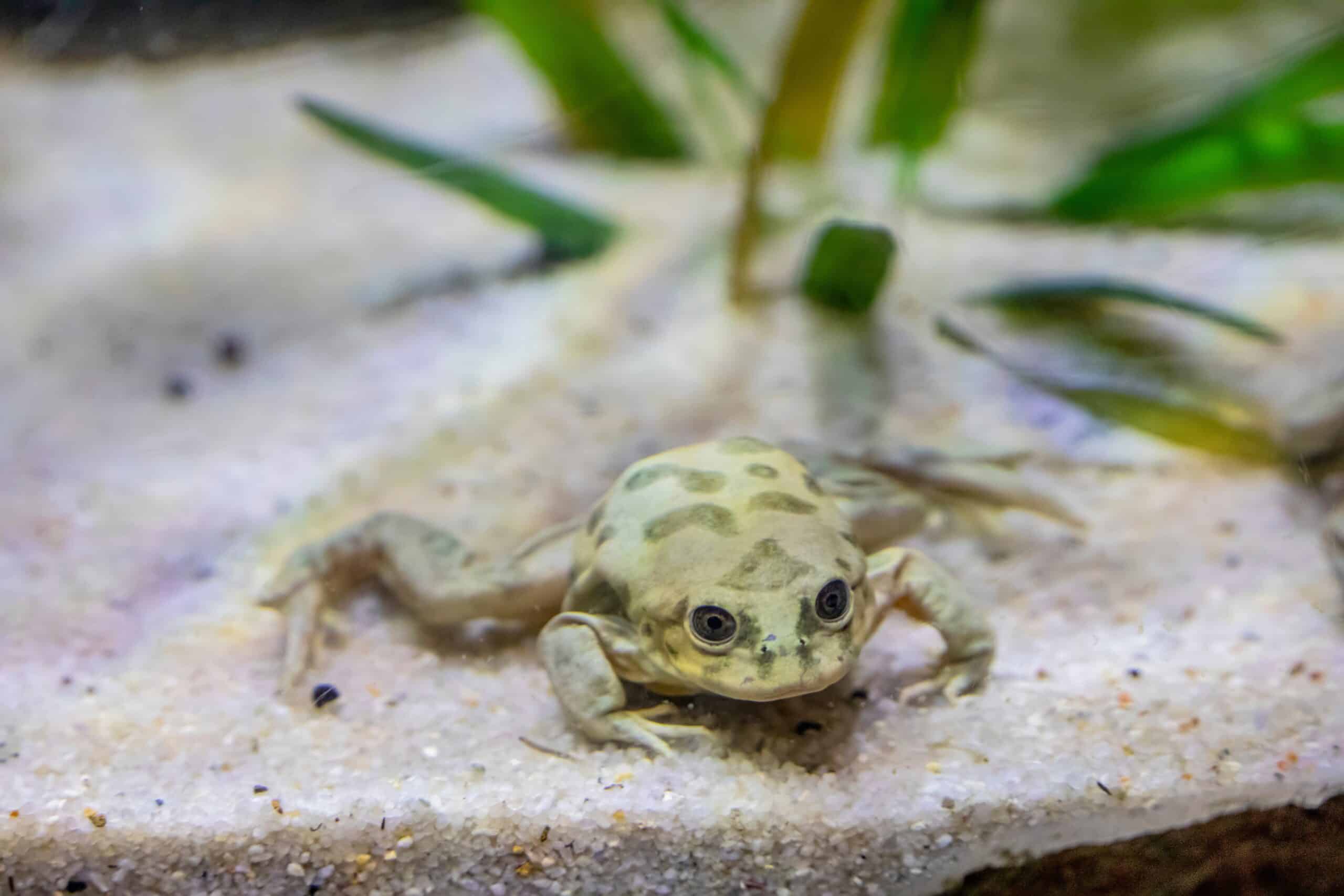
The Titicaca Water Frog, found only in Lake Titicaca, Peru, and Bolivia, is notable for its baggy skin and aquatic lifestyle, which allow it to absorb oxygen directly from the water. It has suffered from over-harvesting and pollution, leading to a dramatic decline in its population. Conservation programs are aiming to restore its numbers through captive breeding and habitat protection, focusing on reducing water pollution and illegal harvesting practices.
Black Rain Frog (Breviceps fuscus)
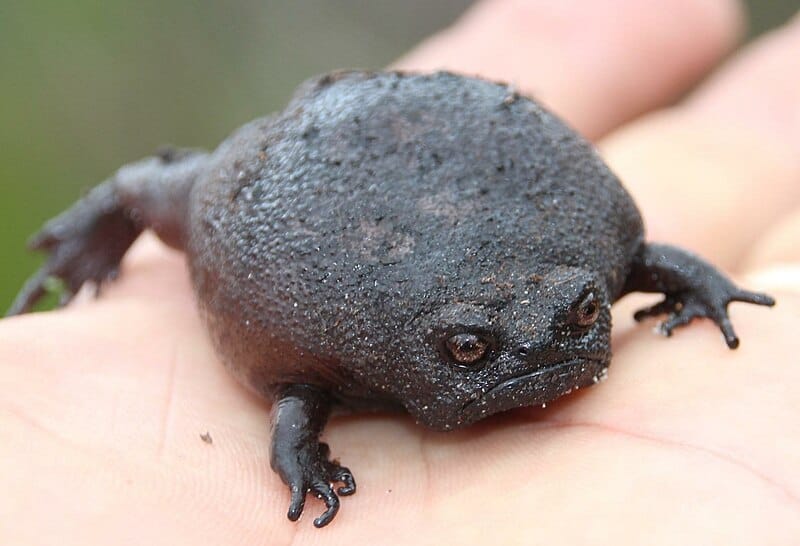
Endemic to South Africa, the Black Rain Frog is a small, burrowing frog with a distinctive grumpy appearance, which has made it a viral sensation online. Its limited range and specialized habitat make it vulnerable to environmental changes. Conservation efforts focus on protecting its natural environment to prevent further decline, as its unique behaviors and adaptations are crucial to understanding amphibian diversity.
Pernambuco Tree Frog (Phyllodytes luteolus)
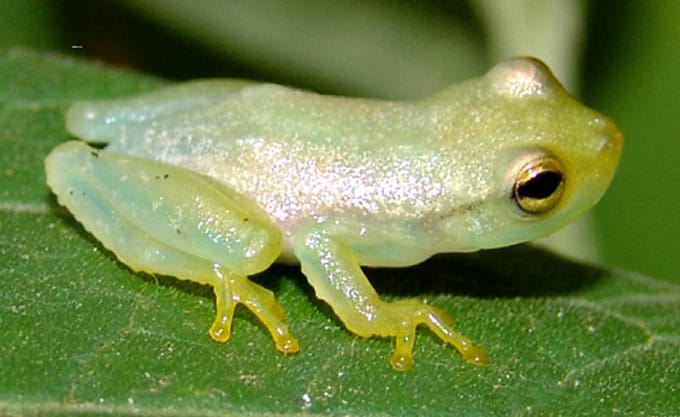
The Pernambuco Tree Frog, native to Brazil, is a small amphibian with bright yellow and green markings, perfectly adapted to its rainforest habitat. Habitat destruction due to deforestation poses a significant threat to this rare species. Conservationists are working to preserve the remaining rainforest fragments where it resides, emphasizing the importance of habitat conservation for its survival.
Bleeding Toad (Leptophryne cruentata)
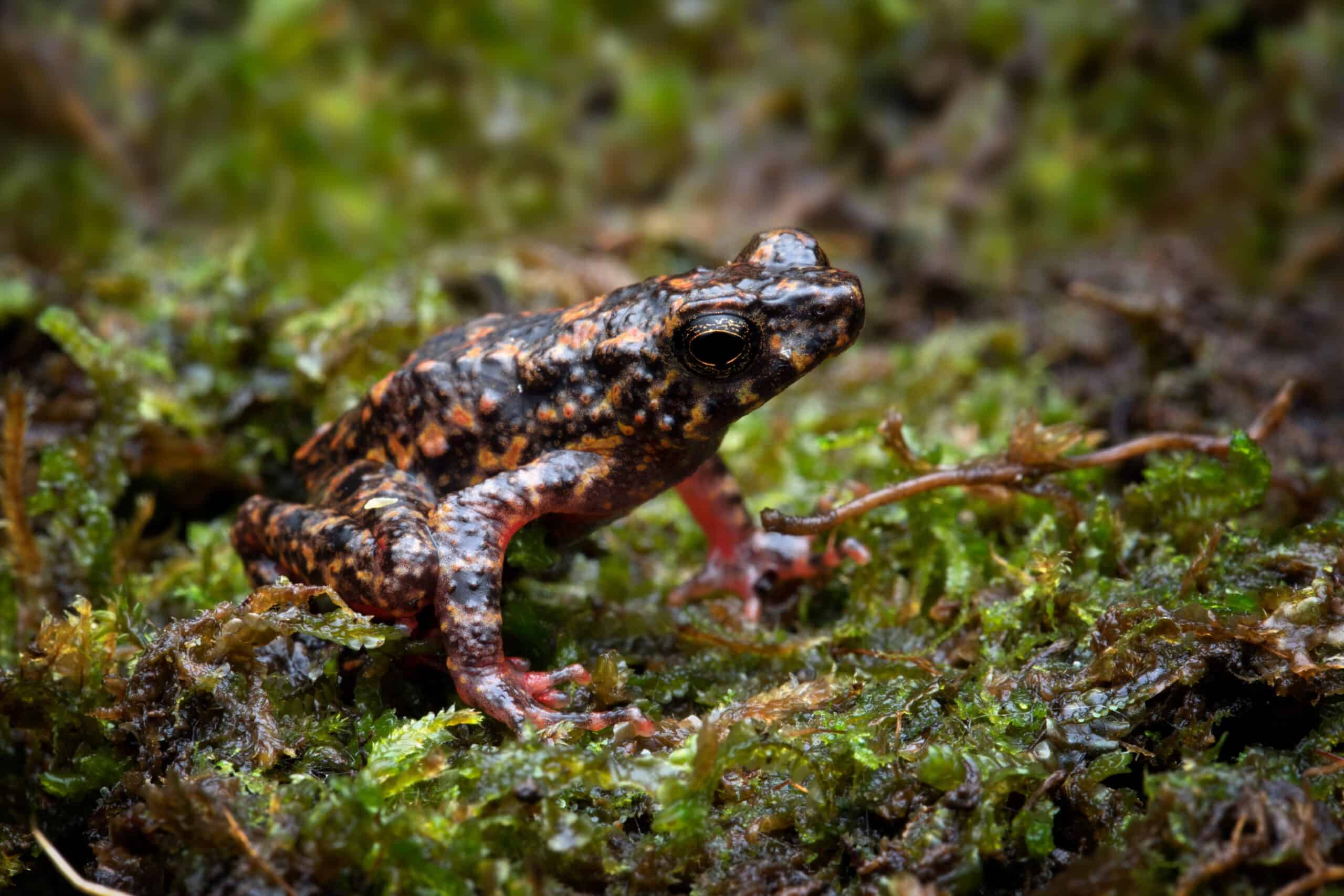
The Bleeding Toad, found only in Indonesia, is characterized by its reddish skin that appears to be bleeding, an adaptation likely for camouflage and predator deterrence. It inhabits high-altitude volcanic regions and is highly sensitive to environmental changes. Its population has declined dramatically, prompting urgent conservation measures, including habitat protection and monitoring.
Archey’s Frog (Leiopelma archeyi)
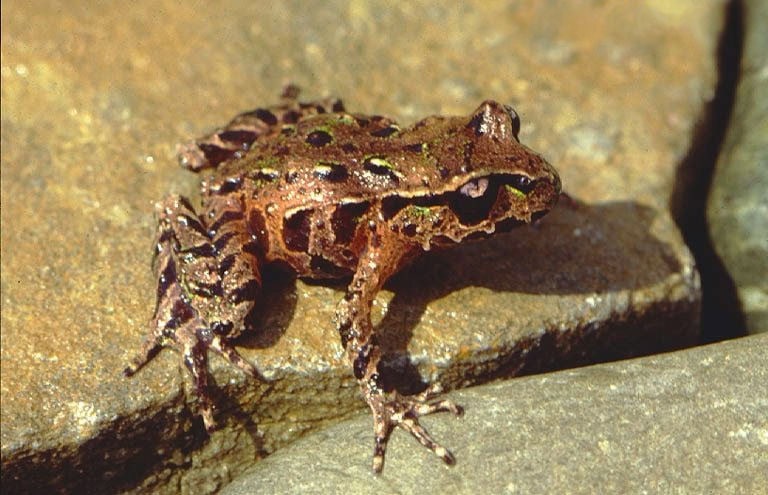
Archey’s Frog, native to New Zealand, is one of the most primitive frog species in the world, with a lineage dating back millions of years. Its small size and camouflaged appearance make it hard to spot in the wild. Habitat loss and disease are major threats, and conservationists are actively working to protect this ancient amphibian through intensive monitoring and habitat management programs.
Seychelles Frog (Sooglossus sechellensis)
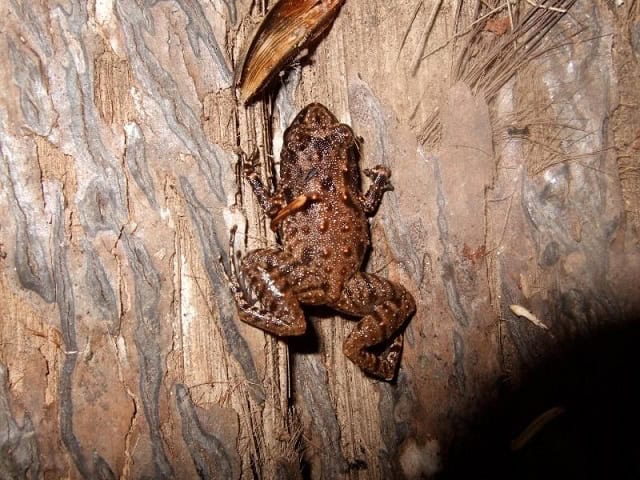
The Seychelles Frog, found only in the Seychelles islands, is a tiny, ground-dwelling frog with a cryptic lifestyle, spending most of its time hidden under leaf litter. Its rarity is due to its restricted range and specialized habitat requirements. Conservation programs focus on preserving its natural environment to ensure its survival, highlighting the need for island ecosystem conservation.
Golden Toad (Incilius periglenes)
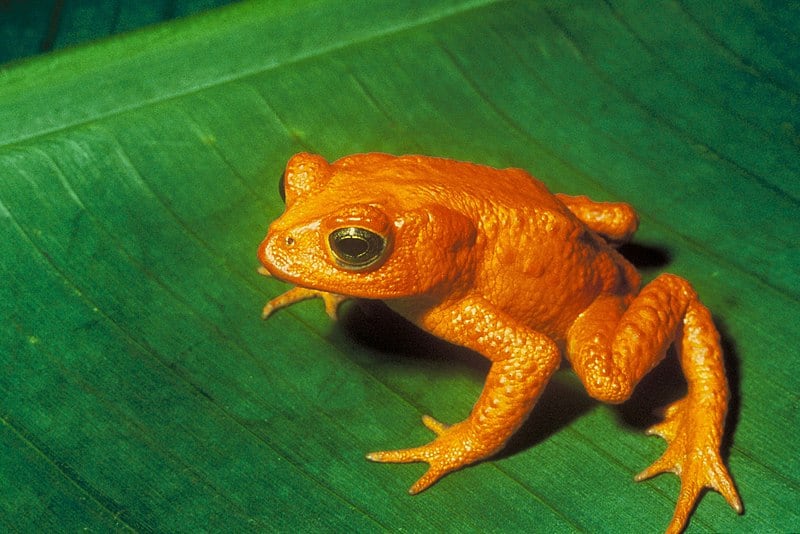
The Golden Toad, once found in Costa Rica, was known for its bright orange coloration. Despite extensive searches, it hasn’t been seen since 1989 and is believed to be extinct due to climate change and habitat loss. Its disappearance highlights the importance of amphibian conservation efforts, as it serves as a stark reminder of the impact of environmental changes on biodiversity.
This article originally appeared on Rarest.org.
More From Rarest.Org
Goat breeds around the world offer a fascinating glimpse into the diversity of nature. While some breeds are common and well-known, others remain incredibly rare, often due to their unique traits, specific habitat requirements, or historical significance. Read more.
Throughout history, currencies have come and gone, each carrying its own unique story and significance. Discontinued currencies often reflect pivotal moments in a nation’s history, from economic upheavals to significant political changes. Read more.
When it comes to luxury cuisine, few ingredients command the same level of fascination and expense as rare fish and shellfish. These delicacies, prized for their unique flavors, textures, and often challenging methods of harvesting, are sought after by gourmet chefs and discerning diners around the world. Read more.

